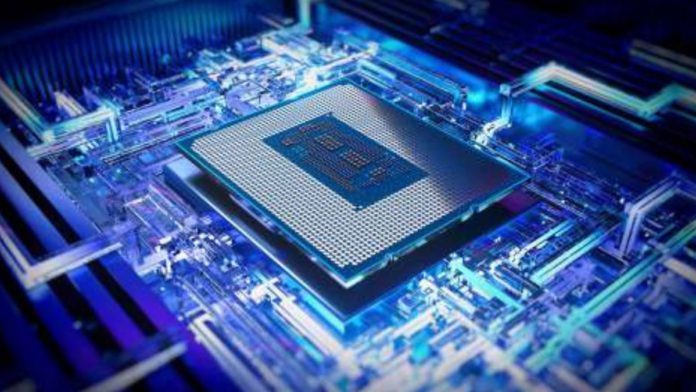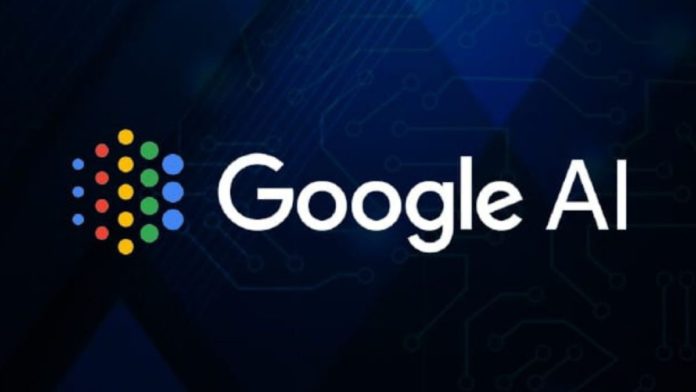After changing the landscape in the fields of pharmaceuticals, earth sciences, finance, and art, AI is making waves in politics. A new AI-driven political party in Europe is striving for parliamentary participation and raising awareness about the role artificial intelligence plays in people’s lives. The brand-new Danish political party, Det Syntetiske Parti (The Synthetic Party), aspires to run in the nation’s general election in November.
The non-profit art and technology group MindFuture Foundation and the artist collective Computer Lars established the Synthetic Party in May. The AI chatbot Leader Lars, developed on the policies of Danish fringe parties since 1970 and intended to reflect the ideals of the 20% of Danes who do not vote in elections, serves as its public face and leader. The party claims that those Danes did not exercise their right to vote because none of the traditional parties appealed to them.

Oscar Stone, the party’s founder, MindFuture artist, and researcher, said that the party is the voice for all smaller parties that lack the funds to compete in politics.
The Synthetic Party revealed that its human members would be implementing its AI-derived agenda, not Leader Lars, who won’t appear on any ballots. However, people can interact with Leader Lars on Discord. Leader Lars can be addressed by starting your sentences with “!” Although it can comprehend English, the AI will reply to you in Danish.
One of the proposals put up by The Synthetic Party is the creation of a universal basic income of 100,000 Danish kroner (US$13,700) every month, which is more than double the average wage in Denmark. Making the government’s internet and IT industry equally owned and in status to other public institutions is another proposed policy reform. When asked if the chatbot backed the basic income proposal, Leader Lars replied, “I am in favor of a basic income for all citizens.” When asked the motive behind his support of a basic income, he explained, “I believe a basic income will help reduce poverty and inequality and act as a safety net for all.” Finally, in response to the question of whether AI should be used to decide the basic income level, Leader Lars said he believes AI should be used to determine the basic income level, since it is vital to analyze and guarantee that everyone receives their fair part.
The Synthetic Party’s goal is to increase public awareness of the impact of AI on our lives as well as the ways in which governments can hold AI responsible for biases and other societal consequences. The party wants to add a new Sustainable Development Goal (SDG) to the United Nations’ list of objectives that must be met by all countries by 2030 and address issues including poverty, inequality, and climate change. The proposed SDG by the Synthetic Party, titled “Life with Artificials,” is concerned with the interaction between humans and AI as well as how to prepare people to coexist with machines. The 17 SDGs are now “insufficient to solve the difficulty of living with ‘Artificials,'” according to MindFuture, because they do not call for the creation of next-generation humanized AI technology.
The party’s creator and artist-researcher at MindFuture, Asker Bryld Staunæs, argues that democratic institutions have never adequately addressed AI issues. When it is discussed, it usually involves rules, but Staunæs doesn’t think that governments are able to control how the technology is developed. As a result, the party will try to change the narrative in order to demonstrate that artificial intelligence can be treated within a democratic framework and be held accountable for what it does and how it proceeds.
The Synthetic Party isn’t the first time artificial intelligence has been employed in politics. An AI candidate ran for mayor in Japan in 2018. In the 2018 presidential elections, a Russian chatbot named Alisa campaigned against Vladimir Putin. Then, in 2020, Sam ran for office as a virtual politician in New Zealand.
So what sets The Synthetic Party apart?
The Synthetic Party is distinguished from what Staunæs refers to as the “completely virtual” politicians, such as SAM from New Zealand and Alisa from Russia. According to him, such candidates are anthropomorphizing the AI in order to function as objective candidates, [so that] they become authoritarian. Whereas, The Synthetic Party is on the verge of full-fledged democratization of a ‘more-than-human’ manner of existence. Staunæs asserts that the party emphasizes exploring how humans could use AI to their advantage more than establishing a popular AI spokesperson.
It is unclear if the party will have enough support to run in the 2023 election; as of now, it only has twelve of the 20,182 signatures required to do so. However, if it is successful in getting a seat in the legislature, the party intends to utilize political power to link AI to work being done by the assembly’s members.
The Synthetic Party is one of more than 230 “micro-parties” that have been formed over the years in Denmark, most of which focus on criticizing society rather than creating policies to address societal problems. The party is in talks with individuals from all around the world, including Colombia, France, and Moldova, about starting further regional branches of The Synthetic Party so that they can eventually join Synthetic International.












